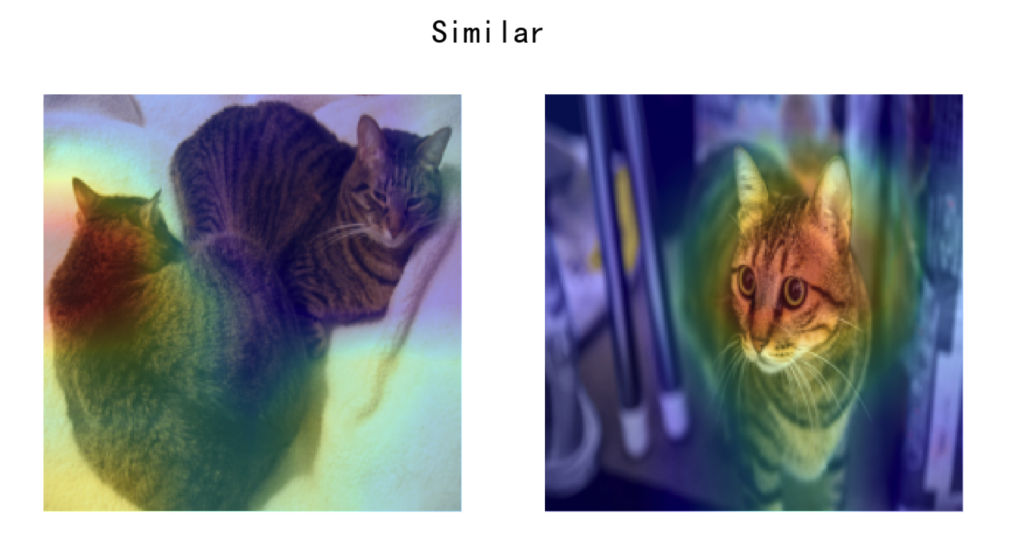AWS Open Source Blog
Category: Advanced (300)
Twin Neural Network Training with PyTorch and Fast.ai and its Deployment with TorchServe on Amazon SageMaker
In this post we demonstrate how to train a Twin Neural Network based on PyTorch and Fast.ai, and deploy it with TorchServe on Amazon SageMaker inference endpoint. For demonstration purposes, we build an interactive web application for users to upload images and make inferences from the trained and deployed model, based on Streamlit, which is an open source framework for data scientists to efficiently create interactive web-based data applications in pure Python.
Authenticating with Amazon Managed Grafana Using Open Source Keycloak on Amazon EKS
Learn how to deploy and configure the open source Keycloak on Amazon EKS to serve as the SAML authentication provider for Amazon Managed Grafana.
Amazon Lookout for Vision Python SDK: Cross-validation and Integration with Other AWS Services
Learn how to use the open source Python SDK for Lookout for Vision in either AWS Glue or AWS Lambda to quickly identify differences in images of objects at scale.
Building a multi-tenant Kubeflow environment on Amazon EKS using Amazon Cognito and ADFS
NOTE: Since this blog post was written, much about Kubeflow has changed. While we are leaving it up for historical reference, more accurate information about Kubeflow on AWS can be found here. The Kubeflow project is dedicated to making deployments of machine learning (ML) workflows on Kubernetes simple, portable, and scalable. The project’s goal is […]
Introducing AWS Cloud Map MCS Controller for K8s
Modern applications built using microservices patterns are distributed and dynamic by nature. Deploying these applications to Kubernetes clusters tightly couples the application and cluster together. Increasingly, customers are asking for the ability to deploy applications across clusters to allow for easier upgrades and migrations and to break down isolation boundaries. However, bridging the gap between […]
Implementing a hub and spoke dashboard for multi-account data science projects
Modern data science environments often involve many independent projects, each spanning multiple accounts. In order to maintain a global overview of the activities within the projects, a mechanism to collect data from the different accounts into a central one is crucial. In this post, we show how to leverage existing services—Amazon DynamoDB, AWS Lambda, Amazon […]
Deploying OpenMRS Electronic Health Record (EHR) system on AWS
Digitization in the healthcare industry, led by electronic health record (EHR) system adoption, has positively impacted the workflow of healthcare professionals (HCP) and patient care. Now EHR systems are a critical tool in healthcare delivery. The design and functionality of a good EHR system closely follows the overall healthcare system design. In his book The […]
Security features of Bottlerocket, an open source Linux-based operating system
Bottlerocket is an open source Linux-based operating system from Amazon that was purpose built for running containers with a strong emphasis on security. The result is an operating system that comes with a variety of built-in controls for creating a secure environment for running containerized workloads. In this post, we’ll explore several of the security […]
How to use InfluxDB and Grafana to visualize ML output with AWS IoT Greengrass
Machine learning (ML) algorithms are widely used for computer vision (CV) applications, such as image classification, object detection, and semantic segmentation. With the latest development of the Industrial Internet of Things (IIoT), ML algorithms can be directly implemented at the edge device to process image data and perform anomaly detection, such as for product quality […]
Run Selenium tests at scale using AWS Fargate
This article demonstrates an approach for running Selenium tests at scale for low cost by utilizing AWS Fargate Spot to run tests without having to manage and orchestrate their containers. Selenium framework Integration tests, as defined by Martin Fowler, “determine if independently developed units of software work correctly when they are connected to each other.” […]








